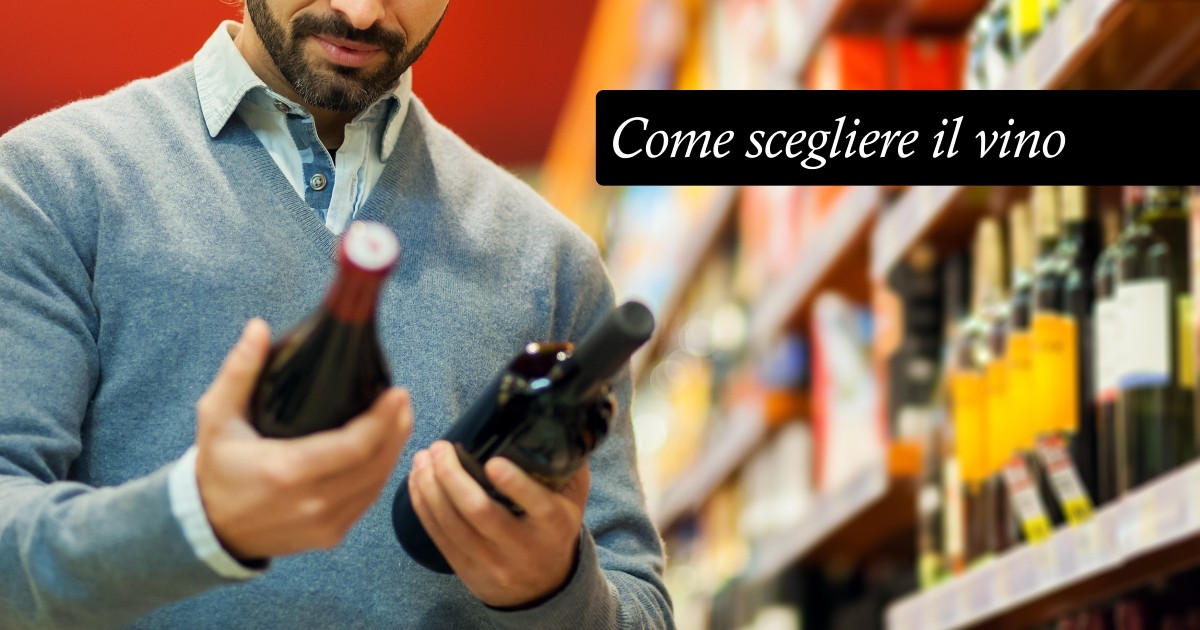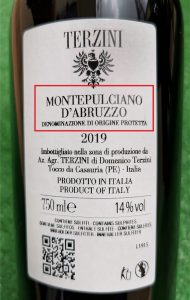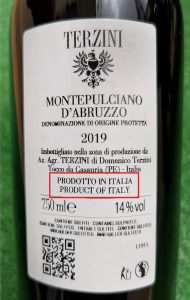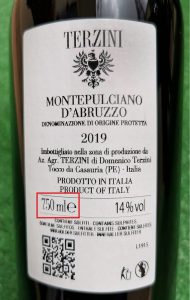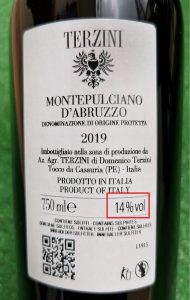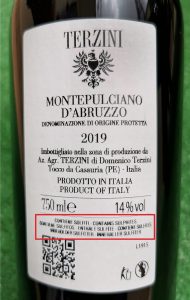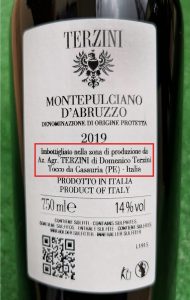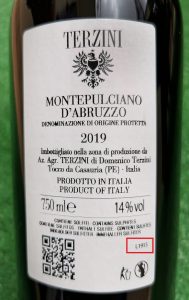It is well known that there are many variables that make the choice of a wine complex. Much depends on personal taste, one’s preferences, the production area, the quality of the vines, the vintage and many other factors. Paying attention to these peculiarities, let’s see which wines are best for your needs, let’s see together how to choose wine!
Reminding us that, as French gastronome Brillat-Savarin wrote: ‘A meal without wine is like a day without sunshine’.
Go further: essential information to check on the label
Never stop at appearances, but read the label carefully, some market-mandated indications can help you in your choice. There are seven indispensable and necessary indications that absolutely must appear on the label: name of the wine, name of bottler, country of production, alcohol content, quantity of wine in the bottle, presence or absence of sulphites and batch.
Wine designation
simply refers to the name of the wine contained in the bottle, which, according to European regulations, must be written in a double or larger font than that of the producer’s or bottler’s registered office. Wine names also include DOCG, DOC, DOP and IGT. An example would be the PDO (Protected Designation of Origin) denomination, such as our Montepulciano d’Abruzzo PDO or our Cerasuolo d’Abruzzo PDO (which was recently awarded as the best rosé wine in Italy). But also the PGI (Protected Geographical Indication) designation. Among our wines, the latter denomination is present in the Dumì line precisely with the Pecorino Colline Pescaresi IGP and the rosé wine Colline Pescaresi IGP. Another important acronym is the DOC (Denominazione di Origine Controllata) of which our biggest exponent is Vigna Vetum DOC. In these cases, as for PDOs and DOCGs, it is mandatory to also state the vintage, i.e. the year in which the wine was harvested (‘2019’).
Bottling
It is imperative that the company that bottled the wine, i.e. the final link in the production chain, is mentioned on the label. In addition to the name, the location of the bottling company must also be indicated. In our case, the company is ‘Azienda Agricola Terzini’ based in ‘Tocco da Casauria – Pescara – ITALY’. Production company and bottling company do not always coincide. Only the latter is compulsory on the label, while the former is optional. However, there is an exception: the indication of the producer is mandatory in the case of sparkling and semi-sparkling wines.
Provenance
Another sign of the quality (or personal preference) of the wine is the provenance. On the label of a bottle of wine, the country of origin and production of the wine cannot be missing. In our case ‘PRODUCED IN ITALY’. The language in which this is stated must mandatorily be that of the country in which the wine is produced, to which one or more translations into other European languages may optionally be added.
Alcoholic Grade and Vintage
The alcohol content, which must be indicated on the label, indicates the percentage of ethyl alcohol in the total volume of the drink, specifically, the millilitres of alcohol present in 100 ml of wine. This value should be stated as a percentage followed by the abbreviation ‘vol’ (see ‘14% vol’ above). These are less qualitative and more subjective factors, but should nevertheless be considered in a choice phase.
Another aspect to consider when choosing a wine is the vintage. The vintage is only mandatory for PDO wines, it is not expressed in wines of other types, such as sparkling, semi-sparkling and liqueur wines.
Capacity
The quantity of wine contained in a bottle must necessarily be expressed, while freedom is given as to how to express it: in litres, centilitres or millilitres. The quantity must be reported in numerical form accompanied by the abbreviation of the unit of measurement without punctuation. In our example ‘750 ml’. The estimation symbol, ‘e’, which certifies that the contents of the bottle comply with the estimation criteria and are within the limits of the tolerable negative error (in other words, the quantity of wine contained in the bottle may vary minimally within certain limits set by law), must also be indicated.
Presence or absence of other elements
In the production of wine, substances are often added to help preserve it, such as ‘sulphites’, which are very useful elements due to their antibacterial and antioxidant properties. These substances can cause allergies or intolerances, so their presence should be noted. In reality, sulphites are naturally produced during the fermentation of wine, so it is impossible for a wine not to contain even a small percentage of this substance. In recent years, the possible presence of milk and eggs, which are used during the clarification process to clarify wines, must also be specified.
Batch
The batch is a number predefined by the bottler that groups all the bottles that have been filled and packaged in a similar time frame and under essentially identical conditions. In practice, the batch is the code with which the bottle of wine can be traced. It is a compulsory indication, useful for the consumer to report any anomalies to the bottle or its contents. Thanks to the batch number, it is therefore possible to trace back all those bottles that may show a possible problem. European regulations do not give any particular indication as to the composition of the batch, except that it must be a set of numeric and/or alphabetical characters, preceded by the abbreviation ‘L’, chosen, at the discretion of whoever is in charge of the production of the wine or its bottling.
It is not a real factor on which the choice can depend, but its presence is an indication of absolute quality, rigour and compliance with regulations on the part of the producing winery.
- Denominazione del Vino
- Provenienza
- Capacità
- Gradazione Alcolica
- Presenza di Altri elementi
- Imbottigliamento
- Lotto
How to choose wine: importance of vintage
As we have specified, vintage is one of the factors to consider when choosing a good wine, especially for DOC wines, as each vintage is different from the previous one due to climate and other factors that vary during each year. Generally, a good year is characterised by a fair alternation of sun and rain, without excesses. The alternation between warm during the day and cool in the evening is optimal because at night plants perform the reverse process of photosynthesis, which is called respiration. The warmer it is at night, the faster the plant breathes. When the plant breathes, it consumes the scents, aromas and sugars produced. This is why a good alternation of hot during the day and cool at night is the optimal condition for obtaining great wines.
How to choose wine according to alcohol content
The quality of a wine is not given by a single element, so to consider a good wine by its alcohol content is not an entirely correct approach. It is well known that one of the main components that makes a wine full-bodied is alcohol, and that the higher the alcohol content, the greater the thickness and body.
But as said before, it is not the alcohol content alone that makes a wine qualitative, but the balance, the right balance, between all its variables. If the wine is well balanced, we will feel a harmonious, enveloping warmth, well integrated with the body and structure of the wine. A pleasant soft component balances the hardness.
The immediate perception of alcohol on the palate does not always depend on how high the actual alcohol content is, but on how well the alcohol component is in balance or not with the other components of the wine. So, in summary, the alcohol content of a wine is directly related to the concentration of sugar in the must. Alcohol is also important because it has an important antiseptic action and imparts particular aromas to wine.
How to choose a wine: food pairings
Choosing how to choose wine may be easier when you know the courses of the dinner/lunch you are going to have. Pairing a wine with a given dish will ensure that the flavours, both of the dish and of the wine itself, are fully enhanced. In addition, the type of dish on the table helps us to skim a lot of the type of wine, helping us not a little when choosing.
Classic pairings are white wine with fish, or red wine with meat, structured dishes with fuller-bodied wines and light dishes with delicate wines. But it is not always so easy.
Wines for starters
When choosing wine for hors d’oeuvres, relatively simple rules must be followed. If the starter is vegetable or fish-based, the choice should fall on a dry, young and light wine, or even a sparkling wine such as our sparkling Rosè Terzini. Alternatively, with a hors d’oeuvre based on cured meats, a light or medium-bodied red wine remains the right choice; in this case, we recommend our Dumì Pecorino IGP.
It is good to remember that the appetiser is a prelude to what will be the actual courses, thus not meant to satiate, but to stimulate creativity and appetite. The wines you are going to choose, therefore, should also not be of great structure and body.
How to choose wine for pasta dishes
For pasta dishes, the situation is a little more complex, varying according to the seasonings, whether fish or meat. In general, the classic matching rules apply in this case. In the case of less complex dishes, such as dry pasta, risottos, or tortellini with butter and sage or similar, the perfect match is with a medium-structured, perhaps slightly fruity white wine, as our Dumì Pecorino IGP can be. Pastas with more structured and aromatic vegetable sauces (trenette al pesto and orecchiette with broccoletti) and risottos with mushrooms or truffles are best accompanied by full-bodied white wines such as Pecorino d’Abruzzo DOP. Meat-filled first courses go well with rosé wines, such as Cantina Terzini’s Cerasuolo d’Abruzzo.
Choosing a good wine for Fish
As mentioned (above), fish is paired with good white wine, but among the many available, we recommend choosing from dry wines to more complex ones depending on the complexity and seasoning of the dish.
Furthermore, the myth that good red wine cannot be served with fish must be dispelled. In the past, this combination was considered unthinkable, but today it is gaining in popularity, especially with fish rich in flavour and aroma such as tuna, salmon or swordfish.
How to choose wine for meat
For white meats or grilled or baked meats, the choice may be a light wine, not too full-bodied. For red dogs and game, the advice is to go for a medium-bodied, fuller-bodied wine of the former such as our Montepulciano d’Abruzzo Vigna Vetum Riserva DOC Terzini.
A perfect wine for grilled meat, roasts and lamb is our Montepulciano d’Abruzzo DOC, an important wine that can also best accompany boiled or braised meats.
A factor not to be overlooked: price
You are wondering how to choose wine, a good wine to enjoy perhaps on a special evening, among friends and family. We have talked about many qualitative characteristics of wine that help in the choice, but price remains another aspect not to be underestimated.
The question to ask is, “What really justifies the price of a bottle of wine?” The answer is not straightforward, the variables that affect the determination of the final price are in fact many, but we believe it is important that a wine enthusiast, or even just a person curious about wine, can understand them fully and comprehensively.
For Cantina Terzini, pricing policy is particularly important. The price of our wines is the product of three values that are at the heart of our vocation: to bring quality wine within reach of an ever-widening public, to be the voice and interpreter of the traditions and territories in which we produce, and to protect the appellations.
There are no prices per se better than others. But when you taste a Terzini wine, you can be sure that we have always done our utmost to balance our costs to offer the highest degree of quality at a price that, even in different contexts, is meant to be affordable.
After all, loving wine has always meant sharing it.
